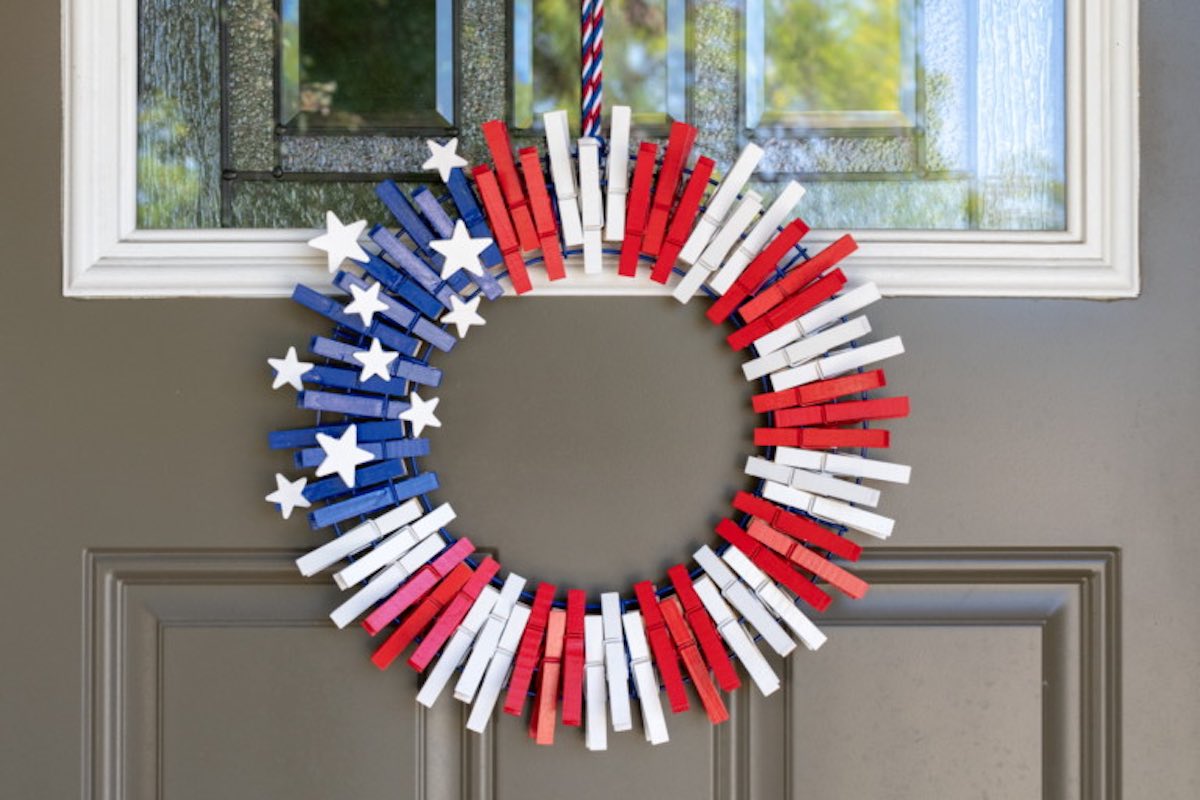In order to break your bad spending habits, first, we need to discuss the way you feel about that. Here’s a tip:
To break bad spending habits, consider how they make you feel.
When you are spending money to buy something, most of the time you feel happy. But it could take you from a few minutes or even a few months later to start feeling regret. Right now, you should spend some time to jot down some of the last decisions you made that are "not so great". Think carefully about how you felt in the minutes and days after, and how you are feeling right now.

It's likely that you can recognise your feelings are going down. So it's time for you to make a change. It could be difficult at first, but once you master better spending habits, your life will be different.
Decide Which Bad Spending Habits You Want to Break First
Now you can make a list of all the bad spending habits you can think of. Ask your family and close friend to see if they could contribute to the list. Then choose one or two of them to address first. You can start with what you feel like the easiest ones. These are some suggestions:
- Eating out when you have food at home
- Buying duplicates of items you forgot you already own
- Shopping impulsively online
- Shopping sales because you love the thrill of a good deal
For example, you have a habit of surfing through Amazon Prime before bed. It's better to replace this bad habit with something more useful. You can leave your phone across the room at night and spend time reading books until you feel tired and turn off the light.

After finishing this first task successfully, you can continue working through all points on your list with these small steps:
- Recognise and choose a bad spending habit you want to break
- Think of the ways to replace the bad habit with a better one.
Replace Bad Spending Habits With Good Ones!
By applying good spending habits, finally, you'll make smart money decisions without having to think or making too much effort. These are some other choices for you to try.
1. Give yourself a solid reason to spend wisely. Spending or saving makes a lot more sense when you have a target to hit. Just take small steps. Making money goals and keeping them in mind whenever you swipe your card or hand over cash will put your spending in perspective.
2. Live on a budget. You'll be able to prioritize your spending by creating a plan for your money. Put your money goals - for example, going on a vacation or getting out of debt - at the top of your budget (after other necessities). When you have a goal of saving for something important like a holiday with your family, it's easier for you to forget spending money on a daily cappuccino run.
3. Actively practise gratitude. You can verbally acknowledge or write down the good in your life just a few seconds every day. You'll realise that there's so much good and that will curb your unnecessary spending. When you feel grateful for what you have, you'll realise how little you really need.

4. Research before you shop. It's important to know about the information of the products you're planning to purchase. That's how we make a better decision. Comparing prices, considering which one is best for your needs, and selecting quality items are necessary for a shopping process.
5. Avoid your spending triggers. There are a lot of people or places that make you want to spend more money. It could be the sweet smell of the bakery or a friend who tells you about a great newly released purse that would look good on you. Contact with those triggers needs to be limited so you won't be distracted by them.
6. Find an accountability partner. For married couples, you have a built-in accountability partner in your husband or wife. For singles, your accountability partner could be a trusted family member or a responsible friend. They should be willing to discuss your big money goals and be there to talk through big purchase decisions. Your accountability partner can remind you what you’re working toward.
7. Don’t shop while you wait. It’s tempting to browse online shops while you’re sitting in the car line at school or in the waiting room at the doctor’s office. But those small windows of time can open the door to serious spending that can affect your progress. If you know you’ll be waiting in line, keep a book or magazine with you to help pass the time.
8. Develop patience. Ever had buying fever? It’s when you get so excited about something that you buy it without checking to see if you can afford it. Buying in the midst of that fever can lead to a real headache. Instead, take your time and give yourself 24 hours before purchasing. You’ll typically wake up the next day with a little less excitement, which can help you make a more rational buying decision.

9. Look for savings before you buy. If you regularly shop at a certain store, you probably know when they offer their best deals, so wait to shop then. Check out your supermarket’s weekly sales so you can stock up on the sale items you regularly use. Keep an eye on your favourite clothing store and buy out-of-season coats, shirts and shorts on clearance. Sign up for store email updates or apps and check online for coupons before you purchase. A little work ahead of time goes a long way to saving you a ton in the long run!
10. Make room for fun. Spending should be fun! Instead of pretending that spending money is a bad thing, be intentional about setting aside a chunk of money—big or small—each month. That way you can browse your favourite store, enjoy a date night with your spouse, buy a new tool for the garage, or take advantage of a great deal on Amazon without any guilt. Give yourself permission to spend some money and you won’t be tempted to spend all the money.
In short, your ability to achieve your money goals depends on how you spend. Now you can start learning financial management skills by creating smart spending habits.

:max_bytes(150000):strip_icc()/nyenails_social-8e958af5ea154ad994449cf769bb258b.jpg)


:max_bytes(150000):strip_icc()/citrus-and-fennel-chicken-with-olives-and-calabrian-chiles-FT-RECIPE0222-c1ef1d87fa514fa08e1616617cdab618.jpg)

